Weeds & Invasive Plants
All Weeds & Invasive Plants Content
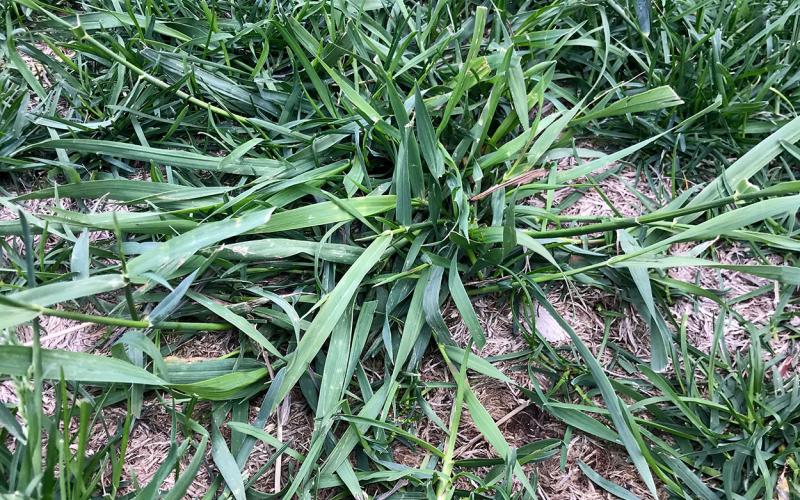
Is Crabgrass Taking Over Your Lawn?
Each year homeowners and businesses typically find crabgrass invading their lawns. If you desire a nice lawn, you may not be happy about this. Crabgrass can be a bit tricky to control—especially after it has established itself for the season.
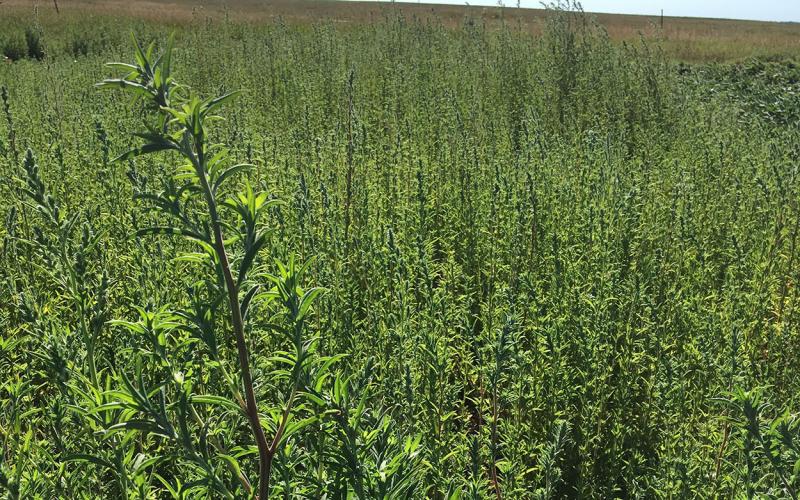
The Fall Advantage of Kochia Control
Kochia is a problem in north central South Dakota row crops. New post-emergent options in corn and soybean have helped alleviate kochia competition from many fields, but these herbicide options shouldn’t be completely relied upon for a long-term control plan.
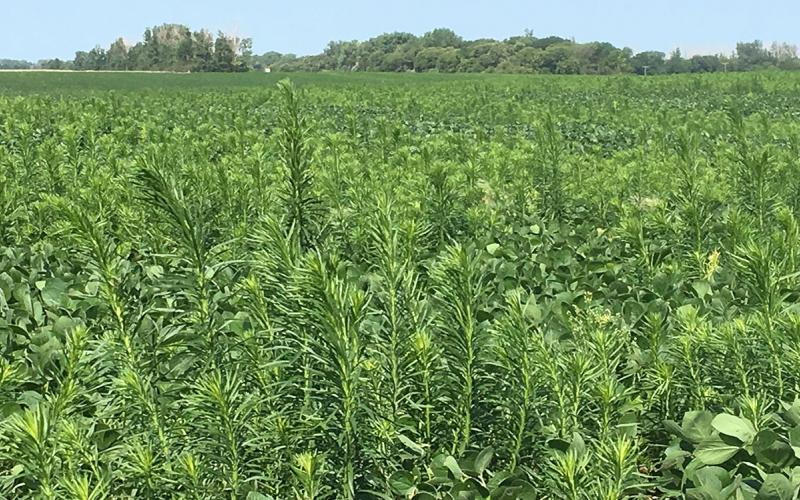
Marestail Fall Control
Marestail (also known as horseweed) is considered either a winter annual or biennial species that is often difficult to identify at the rosette stage. In the Dakota’s, marestail will germinate in the fall and bolt in the spring.

Fall Weed Control in Lawns
In lawns, fall is the best time to chemically control broadleaf perennial weeds. Examples of these weeds could include dandelions, Canada thistle, creeping bellflower, field bindweed and ground ivy.
Multi-Species Grazing as an Alternative to Pasture Spraying
Broadacre spraying of pastures is intended to reduce undesirable plants and increase grasses for livestock. This practice often results in unintended consequences, including damage and reduction of native forbs and reduced profitability. One approach to managing perceived “weedy” plants is incorporating different species of livestock into a grazing operation.
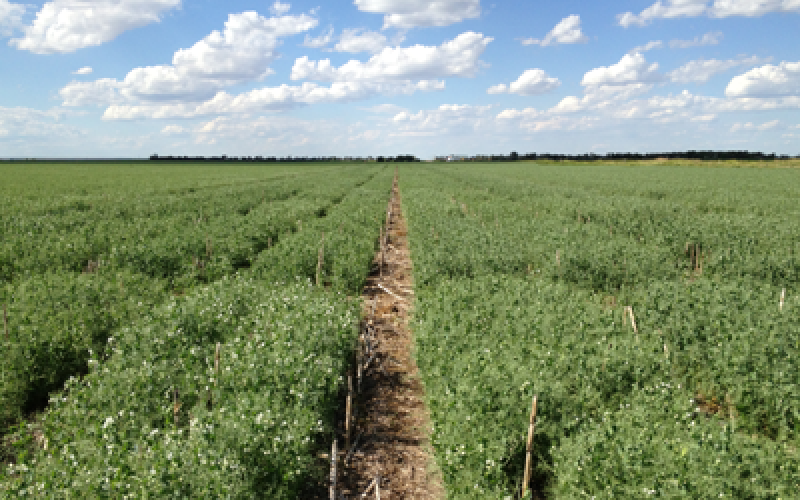
Production and Utilization of Field Peas in South Dakota
Guide to field pea production and utilization in South Dakota

‘Baa-d Cedars’ Field Day Examines Goat-Targeted Grazing on Cedars
September 17, 2021
South Dakota State University Extension invites the public to an interactive Eastern Red Cedar Management Field Day to see the impact goats can have in controlling the most widely distributed conifer across eastern North America.
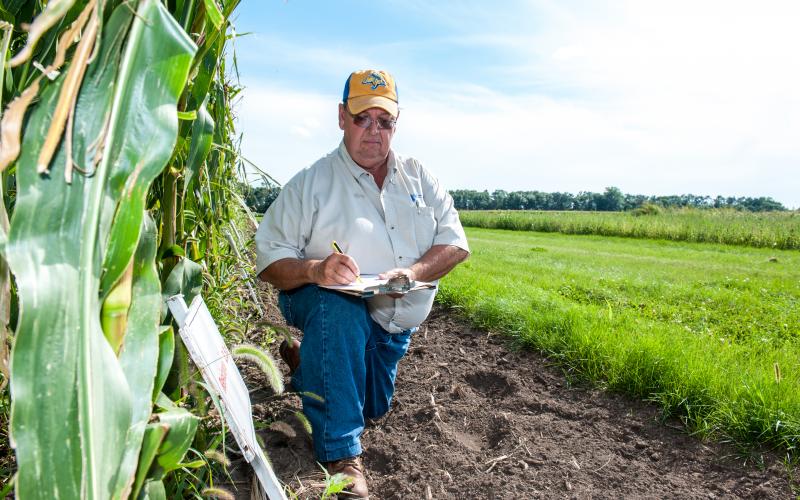
SDSU Extension to Tackle Weed, Pest and Drought Inquiries at State Fair
August 23, 2021
To address drought concerns, as well as weed and pest inquiries, South Dakota State University Extension will feature two booth locations at the 2021 South Dakota State Fair Sept. 2-6 in Huron.
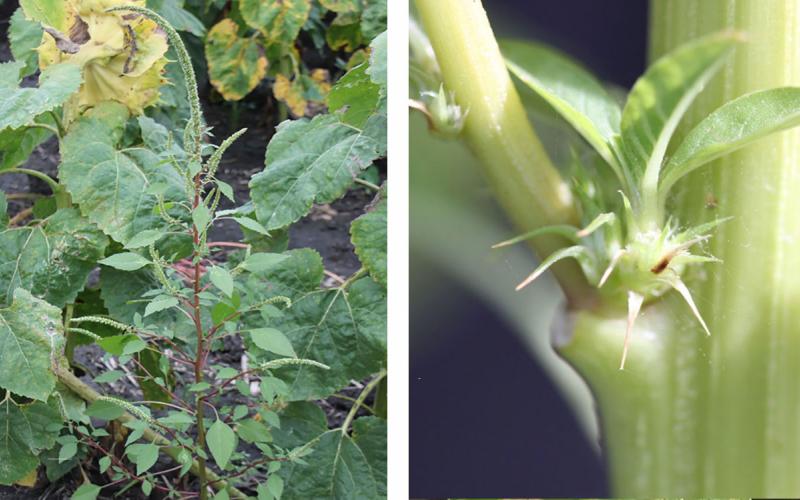
Palmer Amaranth: Now Is the Time to Scout
South Dakota State University (SDSU) Extension encourages farmers, ranchers and other landowners to start scouting for Palmer amaranth, a weed that has been rapidly spreading north into the United States and is likely to be glyphosate-resistant.
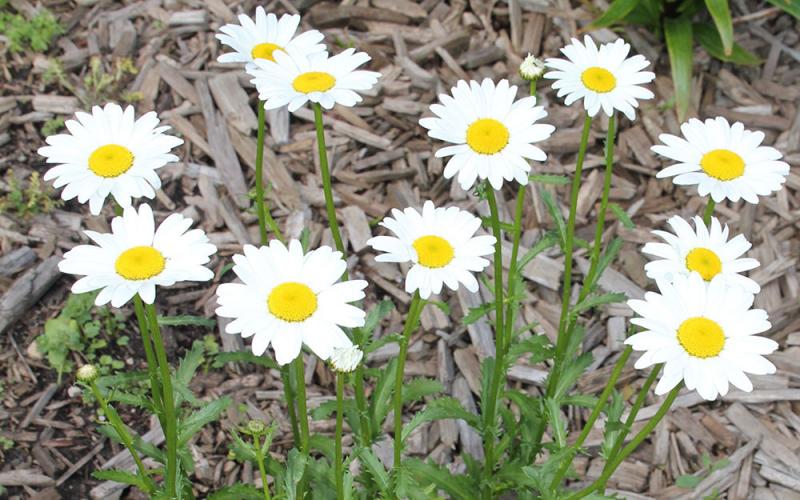
Invasive Garden Plants: Is That a Weed?
While we generally consider invasive plants like crabgrass, dandelions, and purslane as weeds, just about any plant can be considered a weed when it's in the wrong location.